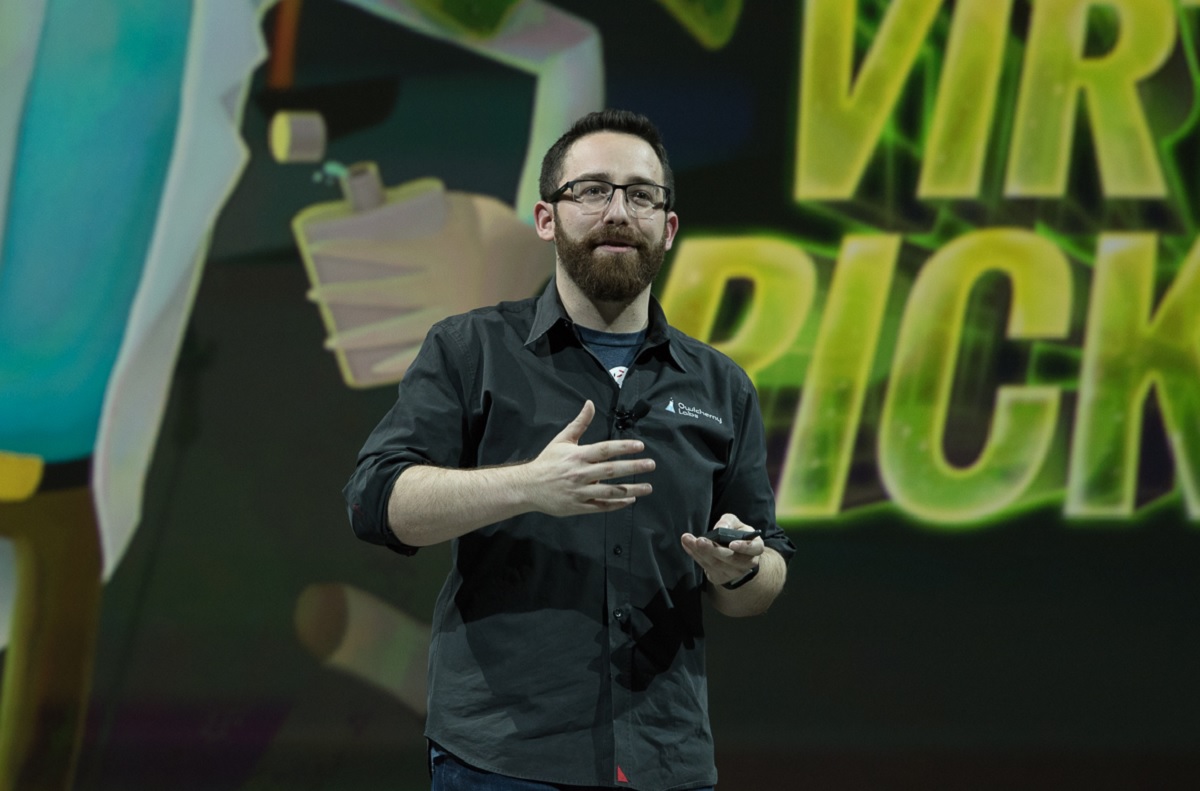Alex Schwartz, the CEO of Owlchemy Labs, has made virtual reality look easy. His company’s debut game, Job Simulator, is one of the big hits among VR games. Owlchemy followed that with Rick and Morty: Virtual Rick-ality, and now it is working on Vacation Simulator.
And while other VR game companies are struggling to get by, Owlchemy has already had an exit. Google purchased the company — the only game studio that the big search company has acquired — and Owlchemy is still doing what it does.

Unlock premium content and VIP community perks with GB M A X!
Join now to enjoy our free and premium membership perks.
![]()

![]()